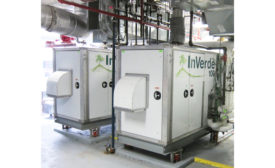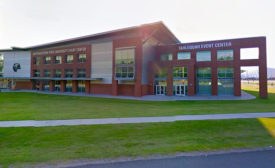Home » Sustainability and HVACR
Articles Tagged with ''Sustainability and HVACR''
Resilience Is Not a Byproduct of Sustainability or ‘Green’ Thinking
Envisioneering Symposium attendees discuss the definition, importance, and challenges of resiliency
Read More
Geothermal, Solar Technologies Boost Commercial Building Performance
Building owners are looking to increase performance despite higher upfront costs
Read More
Arkema Presents New Refrigeration Products at AHR Expo
Sustainability, social responsibility, market offerings highlighted on the show floor
Read More
Danfoss Triumphs at AHR Expo
The manufacturer received the Product of the Year award during the annual Innovation Awards
Read More
Contractors Provide Assistance to Assisted Living
HVAC contractors can help senior living communities meet their comfort and sustainability goals
Read More
Maximize ROI by Selecting the Appropriate Sustainability Option
Building owners will expect a solid return on their sustainability investments
Read More
Successful Sustainability Solutions
Real-world projects show commercial sustainability in action
Read More
Copyright ©2024. All Rights Reserved BNP Media.
Design, CMS, Hosting & Web Development :: ePublishing












